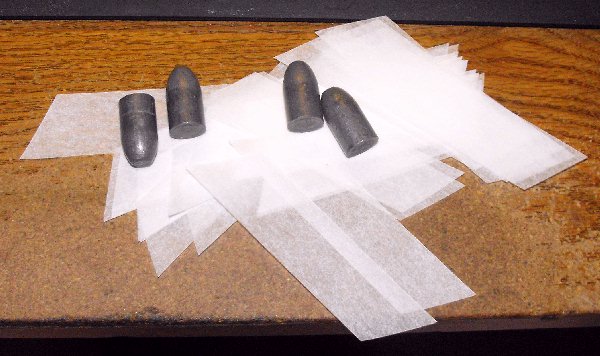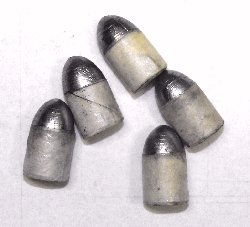| buckstix |
| (.400 member) |
| 27/09/13 09:25 AM |
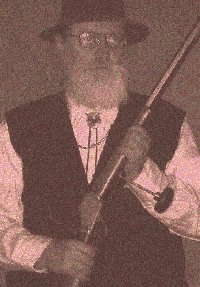
|
|
|
Hello All,
Well, my range report is very disappointing to say the least. But its not the guns fault, It's mine. Initially, I only received three AH 20-.577 brass cases with the rifle. (more are on the way) Those cases were 2-3/4" long. I also had 2 old Winchester 2-1/2" brass 20 gauge cases in my collection, so I necked those down to .577 with some improvised neck sizing rings turned out on the lathe.
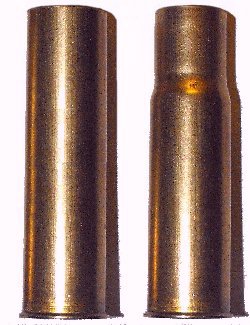
I loaded the 3 cases, along with the 2 old Winchester 2-1/2" brass cases, with 550g paper-patch bullets. Only difference being that Winchester cases have a 1/4" shorter neck.
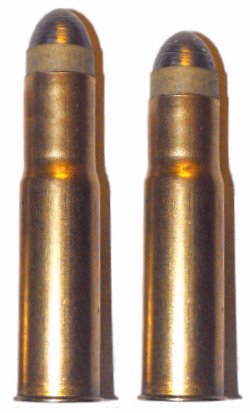
I stayed very conservative and loaded them with 62g IMR 4198. But, in the 3 AH cases, I accidentally used F210 regular rifle primers instead of F215 magnum primers. The 2 Winchester cases were already factory primed with, whatever, and it never dawned on me that those factory primers may have been 50 to 75 years old?
Needless to say, this was a fiasco. Of the five loaded rounds, 4 went off, but 2 were "hang-fires", "chick - - boom", and the 5th was a miss-fire that sent the bullet only 8" into the barrel. When I opened the gun, about 50 grains of unburned powder sprinkled into gun's action. It took nearly an hour to get all the little sprinkles out, so I could close the action again.
Tomorrow we try again with a 70g load of IMR 4198 and Federal F215 mag primers.
I'm almost embarrassed to show the target, but maybe it will show how easy it is to have a "brain-fade" and end up wasting an afternoon. I've learned a valuable lesson. Too much excitement about a new acquisition can cloud ones judgement.
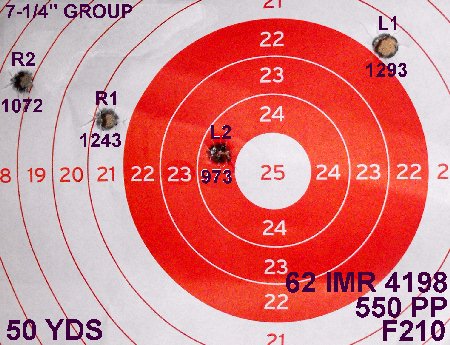
As for the bullet I'm using, here are some pics of the bullet mold I have. It's a commercial British mold for the 577 Gibbs. It casts a 550g paper-patch bullet with a shallow hollow base for tucking the paper tail. As you can see, its a side pour mold. After casting you simply snip the sprue with a small side-cutter and its ready to go. It casts very fast because the sprue stem "pulls" the bullet free of the mold, almost automatically, when you open the mold. Its one of the best casting molds I own. The "snip" line is nearly imperceptible, and irons away when the bullet expands into the rifling upon firing.

Bullets are finally paper-patched and lubed, and you're ready to go.
As a side note, I've been custom reloading for over 40 years and I shoot over 5,000 rounds every year, and never before have I paper-patched even a single bullet. It was a mystery to me and I always thought it was beyond my capability. With my new interest in Vintage Double Rifles, I felt I had to learn this technique. I read that during the Civil War, Women and children paper-patched bullets for the Arsenals. I figured if kids could to it, so could I. Much to my surprise, it is very, very easy. Now I've paper-patched hundreds of bullets, while watching the nightly news on TV in the evening.
